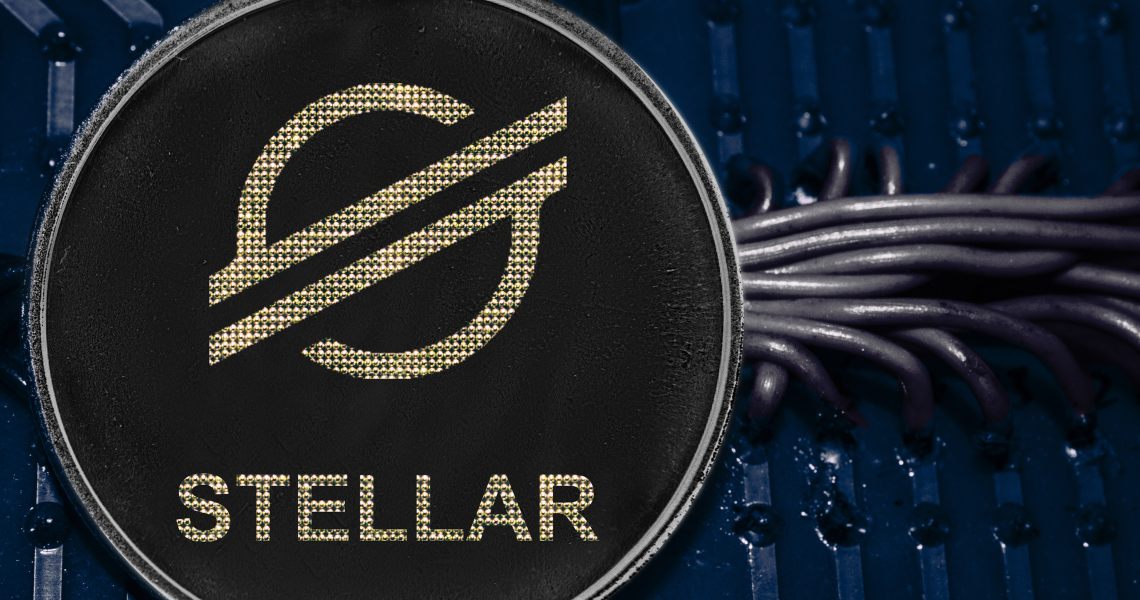Stellar’s network, equipped with the Lumens (XLM) token, was created to be Ripple’s decentralized alternative.
Ripple was born in 2012 as a centralized project, created by the private company of the same name and conceived by Jed McCaleb, although McCaleb himself left the following year to establish Stellar.
Stellar Lumens, unlike Ripple, was born from the beginning as an open-source and decentralized project, as such it was not created by a private company but by a non-profit foundation, the Stellar Development Foundation, of which McCaleb is still CTO today.
Among other things, McCaleb had previously also founded Mt. Gox and eDonkey.
The goal with which Stellar was created was very similar to that of Ripple: to allow fast and cheap cross-border monetary transactions, but as a decentralized project it would also guarantee censorship-resistant transactions.
However, over time, doubts have been raised as to whether Stellar is really a decentralized network. The doubt concerns in particular the XLM tokens, which are pre-mined, i.e. they were created before the platform was launched to the public, with the result that, to date, of the 50 billion XLM tokens created, there are just under 20 billion in circulation.
Stellar’s blockchain does not use mining to create blocks and does not use Proof-of-Work as a consensus algorithm, so it does not need to reward miners by creating tokens for each block.
However, this means that to date there is someone who controls most of the XLM tokens created, and this can lead to doubts regarding the actual decentralization of XLM. Besides, this is a feature in common with Ripple’s XRP and doesn’t appeal much to decentralisation purists.
As for the technical management of Stellar’s blockchain, on which smart contracts can also be executed, the matter is different.
To make transactions very fast and cheap Stellar uses its own consensus algorithm, thanks to which each node can take part in the transaction validation process. The fact that anyone can run a Stellar node, and that no one has the majority decision-making power, means that Stellar’s blockchain can be considered decentralized.
Therefore, as long as there are many competing nodes, the Stellar blockchain will remain decentralized.
However, in order to be considered a decentralized network like Bitcoin, or Ethereum, for example, the tokens shouldn’t be so concentrated, and this is a condition that isn’t met today.
This means that, on the one hand, there are those who consider Stellar decentralized, while on the other, there are those who consider it centralized. The fact that XLM tokens will presumably continue to be concentrated for a long time means that this disagreement is not going to be resolved so quickly.




